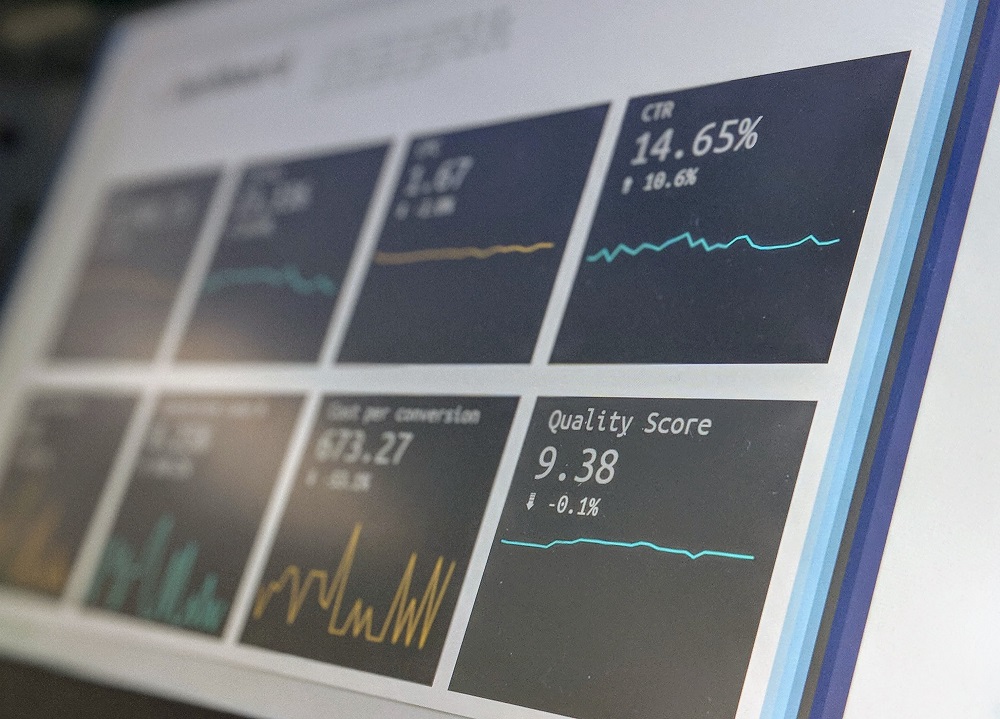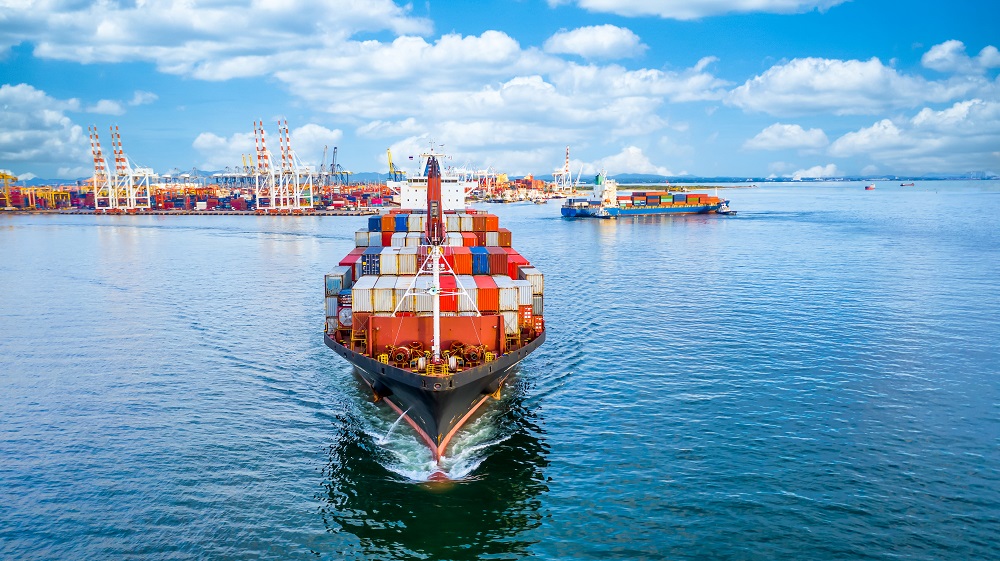Exporting offers significant opportunities for growth but also requires strategic planning and rigorous risk management. By clearly identifying the benefits and anticipating the risks, companies can maximize their international success while minimizing the unexpected.
Opportunities and risks in 6 European countries
We made extensive articles for 6 European countries. Click on one of the countries below to read these articles.
Want to find out more about other country risks?
Then download our Country Risk Atlas 2025 using the form below. The Country Risk Atlas is based on a risk assessment model. This model is updated quarterly based on the latest economic developments and Allianz Trade's own data. It provides a comprehensive analysis and overview of the economic, political, trade and sustainability factors that affect non-payment risk trends for companies at a macro level.
Opportunities of exporting
The risks of exporting
Protect your business against export-related trade risks
While exporting offers numerous growth opportunities, it is crucial to effectively manage the associated risks. From cultural differences and regulatory barriers to financial uncertainties and geopolitical instability, each of these factors can impact your bottom line.
With over 100 years of experience and our international representation, we understand the complexities of doing business internationally. Our trade credit insurance solutions give you the security you need to enter new markets with confidence. Protect your business from non-paying customers and minimise financial risks with our tailored solutions.
Discover how our credit insurance can strengthen your export strategy via the button below
With over 100 years of experience and our international representation, we understand the complexities of doing business internationally. Our trade credit insurance solutions give you the security you need to enter new markets with confidence. Protect your business from non-paying customers and minimise financial risks with our tailored solutions.
Discover how our credit insurance can strengthen your export strategy via the button below
















